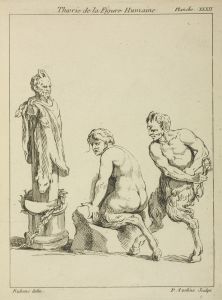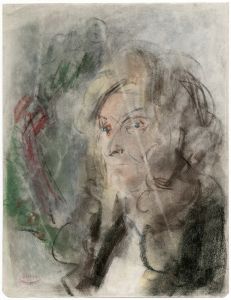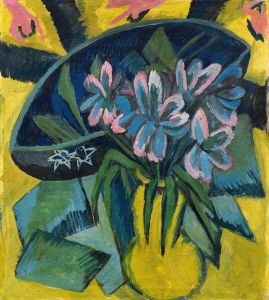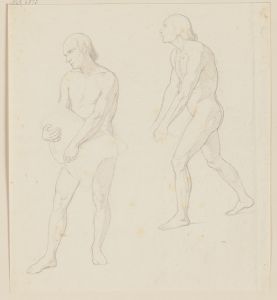
Shylock’s head
A hand-painted replica of Eduard von Steinle’s masterpiece Shylock’s head, meticulously crafted by professional artists to capture the true essence of the original. Each piece is created with museum-quality canvas and rare mineral pigments, carefully painted by experienced artists with delicate brushstrokes and rich, layered colors to perfectly recreate the texture of the original artwork. Unlike machine-printed reproductions, this hand-painted version brings the painting to life, infused with the artist’s emotions and skill in every stroke. Whether for personal collection or home decoration, it instantly elevates the artistic atmosphere of any space.
Eduard von Steinle (1810–1886) was a prominent German painter associated with the Nazarene movement, which sought to revive honesty and spirituality in Christian art. One of his notable works is "Shylock’s Head," a painting that captures the essence of the character Shylock from William Shakespeare's play "The Merchant of Venice."
"The Merchant of Venice," written by Shakespeare in the late 16th century, is a complex play that explores themes of mercy, justice, revenge, and the tension between different cultural and religious groups. Shylock, a Jewish moneylender, is one of the central characters and is often depicted as both a villain and a victim, making him one of Shakespeare's most controversial and compelling figures.
Eduard von Steinle's "Shylock’s Head" focuses on the character's visage, capturing the depth of his personality and the intensity of his emotions. The painting is a head-and-shoulders portrait that emphasizes Shylock's facial features, particularly his eyes, which convey a sense of inner turmoil and contemplation. Steinle's use of light and shadow adds to the dramatic effect, highlighting the character's complex nature.
Steinle was known for his detailed and expressive portraits, and "Shylock’s Head" is no exception. The painting reflects the artist's skill in capturing human emotion and his ability to convey the psychological depth of his subjects. Steinle's work often included religious and historical themes, and his portrayal of Shylock fits within his broader oeuvre of exploring profound and often moralistic subjects.
The painting is executed in a realistic style, characteristic of Steinle's work, with careful attention to detail and texture. The use of color and brushwork in "Shylock’s Head" is meticulous, contributing to the lifelike quality of the portrait. Steinle's ability to depict the subtleties of expression and the complexity of character is evident in this work.
While the exact date of the painting's creation is not well-documented, it is believed to have been produced during the mid-19th century, a period when Steinle was actively engaged in creating works that reflected his deep interest in literature and history. "Shylock’s Head" stands as a testament to Steinle's artistic talent and his ability to interpret literary characters through visual art.
Eduard von Steinle's contributions to art, particularly through his association with the Nazarene movement, have left a lasting impact on the portrayal of religious and literary subjects in 19th-century European art. "Shylock’s Head" remains a significant piece within his body of work, offering insight into both the character of Shylock and Steinle's artistic vision.
In summary, "Shylock’s Head" by Eduard von Steinle is a masterful portrait that captures the essence of one of Shakespeare's most complex characters. Through his detailed and expressive style, Steinle brings Shylock to life, highlighting the character's emotional depth and the timeless themes of "The Merchant of Venice."


















